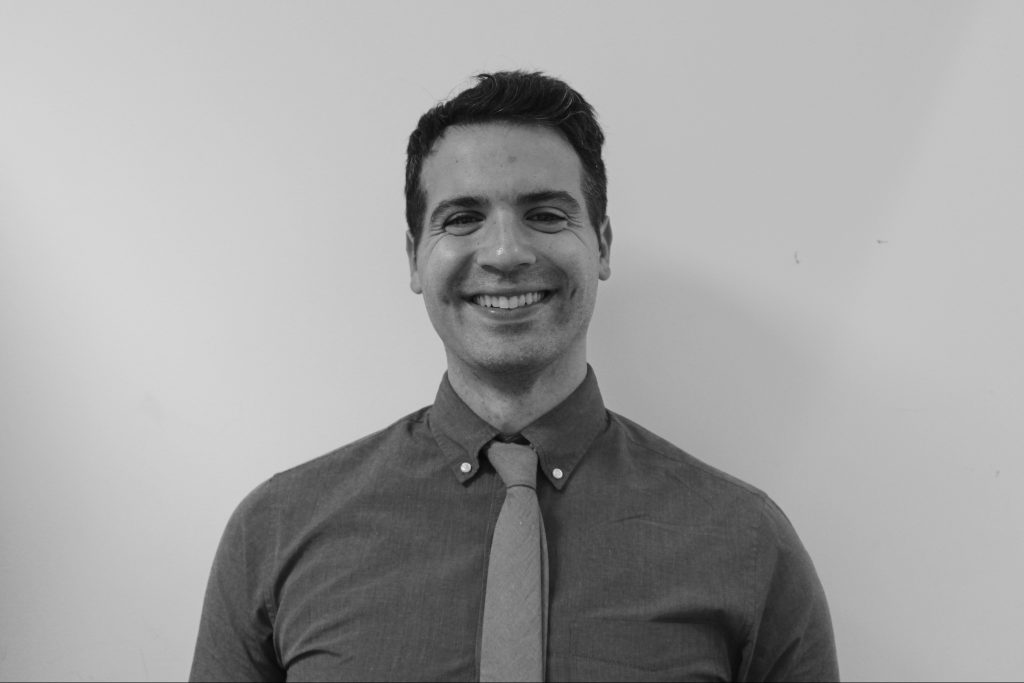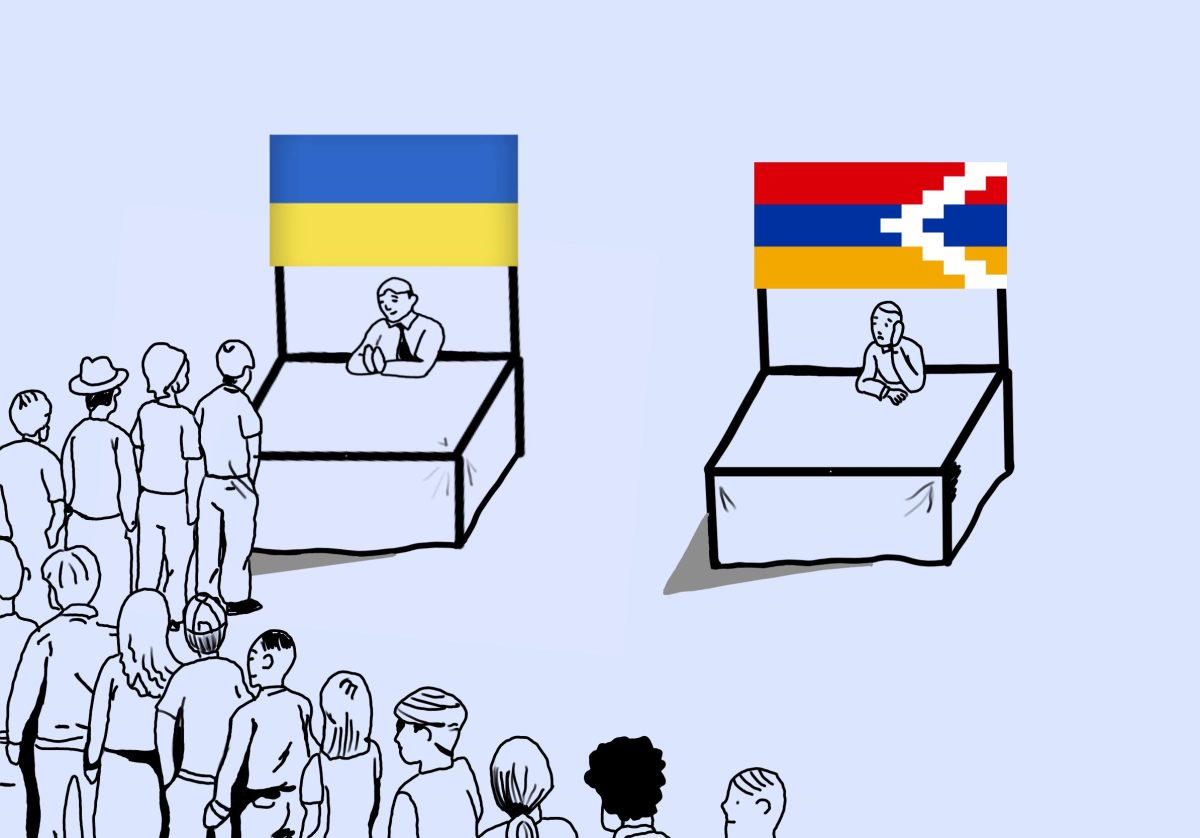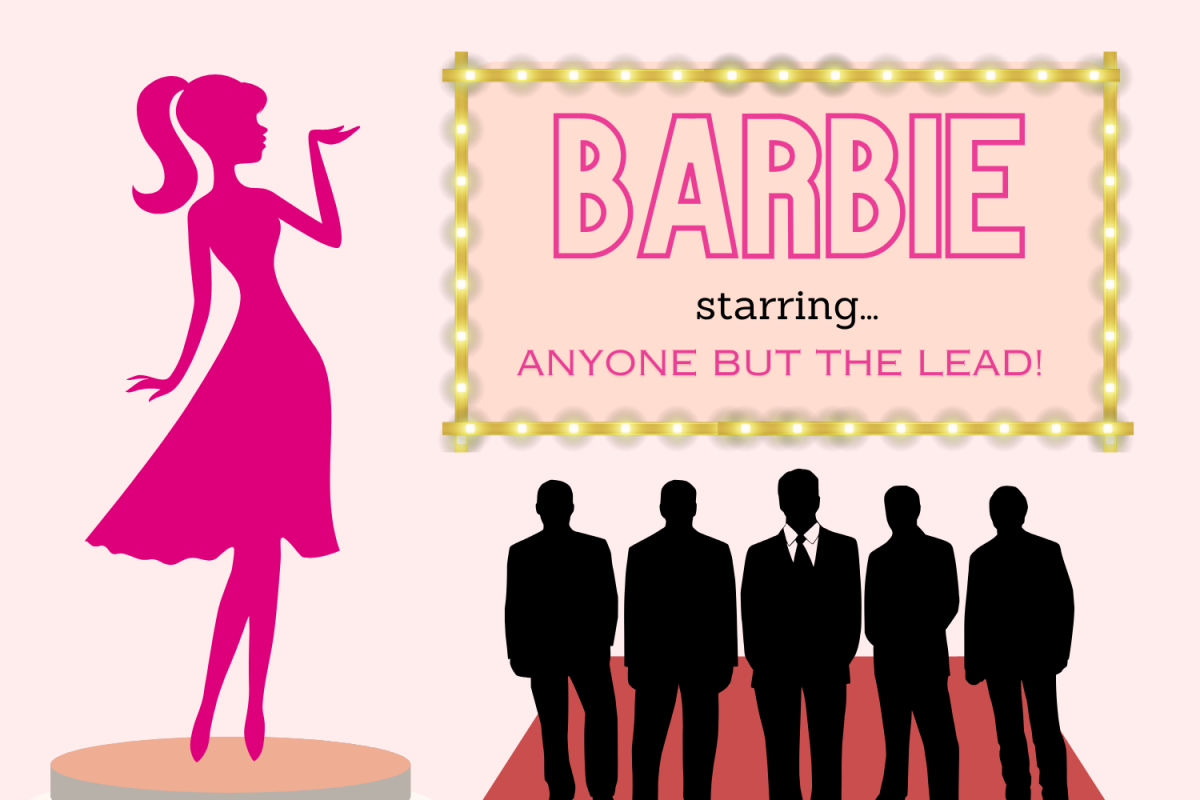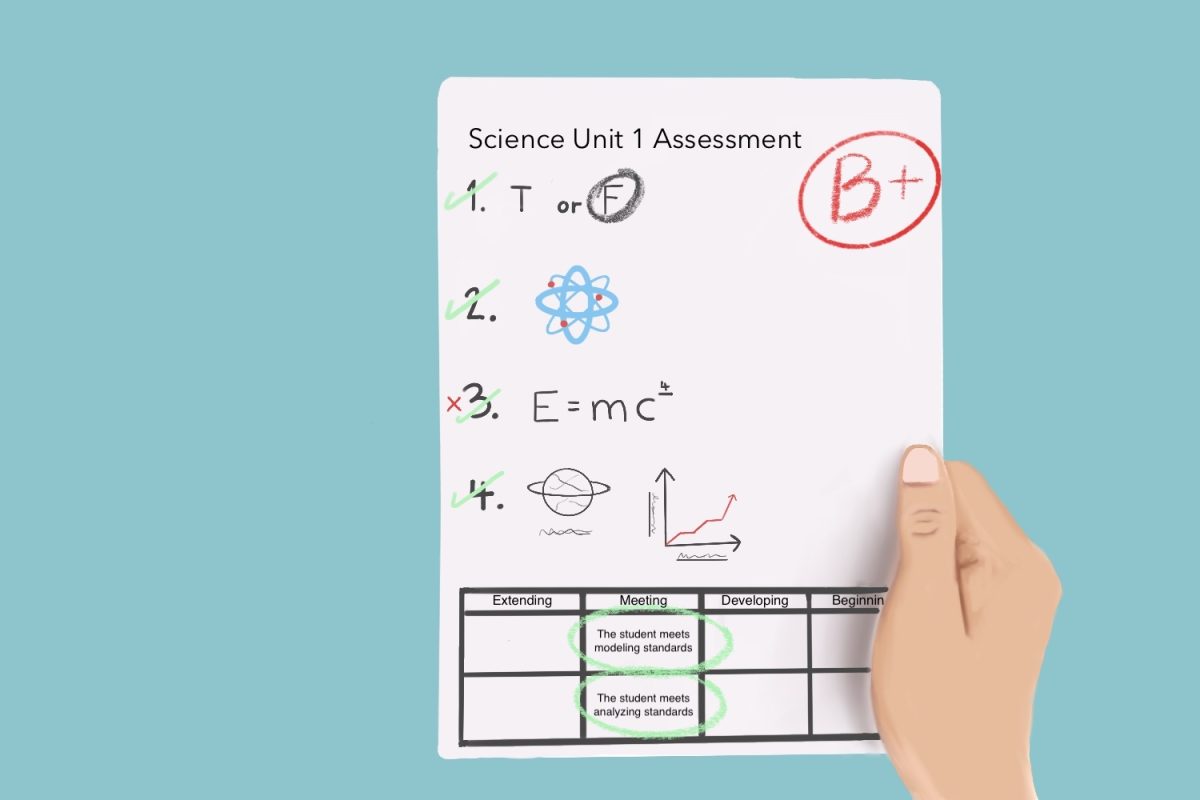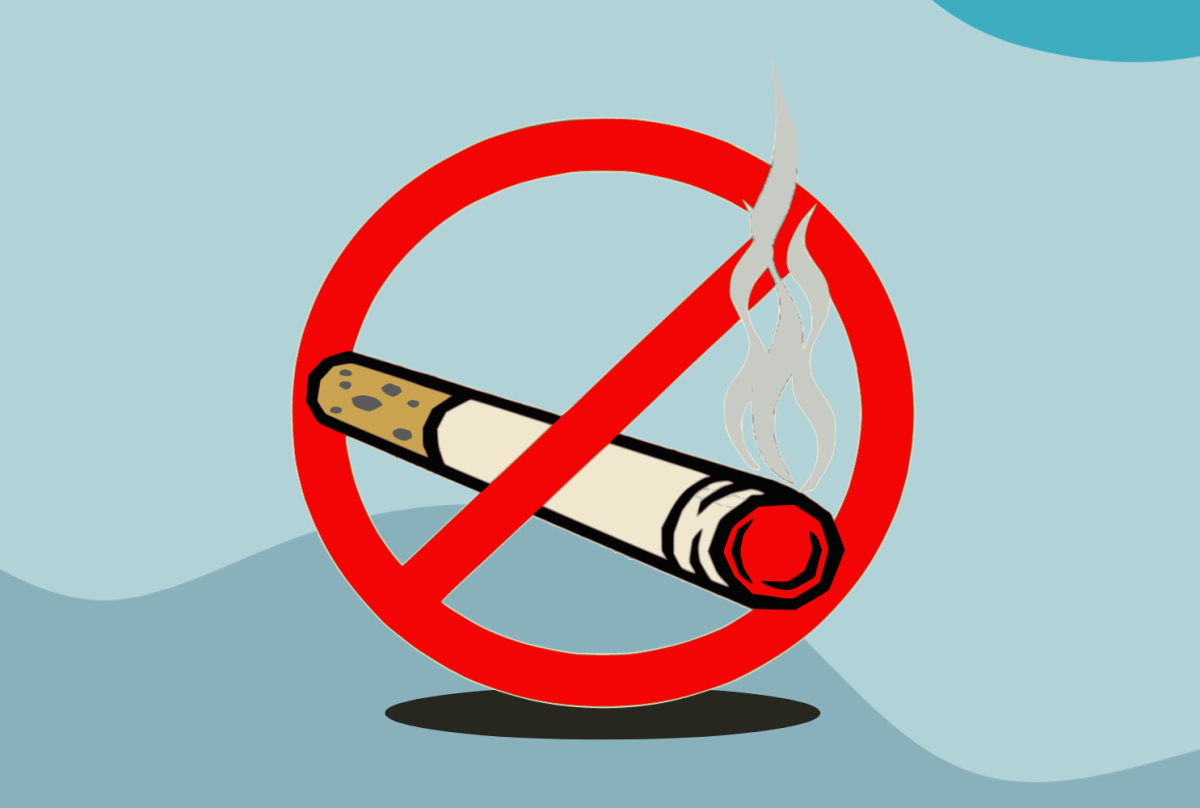Guest Writer English Teacher Mark Mazzenga
Surfing on a beach in Morocco…for school? Sounds like a sweet field trip if not an enviable life story (even if many of those surfers returned to London with a gnarly case of food poisoning). When discussing the ASL Alternatives program, it’s never been a question of if ASL can provide amazing experiences for its student population. The question, rather, is “Why?”
Maybe that seems silly; why ask why, when the word “amazing” is is the chief descriptor. But, given the time, energy and money invested, many faculty understandably wondered not if the program contributed to the well-being of the student body, but how. And if we thought more deliberately about the hows and whys, could we make it better? To this end, the faculty put its head together for some pie in the sky thinking: What might an ideal Alternatives program look like, and how would said program impact our community?
From that thought experiment, a committee was formed and tasked with synthesizing the feedback we received from both the faculty and a diverse group of thoughtful students, as well as the extensive work of previous Alternative committees who had dedicated themselves to the same essential questions. From there, we tried to find common language for describing the objectives and purpose of Alternatives, which was eventually articulated in the following statement:
ASL’s Alternatives program offers authentic, challenging, and immersive
opportunities that foster relationships, personal growth, and a deeper
understanding of the world beyond the classroom. The program:
- Enhances the curriculum through collaboration, shared experiences, and reflection
- Embodies attributes of the Portrait of a Learner
- Nurtures relationships and builds community
- Encourages students to take responsibility for themselves, their own learning, and each other
Now for the mirror-mirror-on-the-wall moment: was our program the fairest of them all, i.e. did it address those objectives in the most meaningful way? Consensus was that we weren’t far off. But if we were really going to achieve all of these goals in a thoughtful, dynamic and let’s face it, fun, program, we were going to need more time to prepare and immerse before “the trip.”
What did this mean for faculty? Well, we had to dig in with a little bit more intentionality and be more transparent about our goals and how we hoped to achieve them for each experience. This included articulating those objectives and practices in formalized proposals that were submitted to the committee for feedback. And for students? There are the visible shifts: the trip is now planned for the second semester, there are the extra days in the fall and winter, and locations and chaperones were downplayed/made less visible, but hopefully, the inner-stuffing of those changes will foster greater accountability and a stronger focus on inquiry, exploration and risk-taking.
It’s yet to be seen how the new-look Alternatives program will impact our school, but after our half-day on September 20– I’m excited. I already feel like I’m connecting with students and teachers in a different way than in the past. This isn’t just a one-off trip, it’s a year-long journey that we’re taking together.

